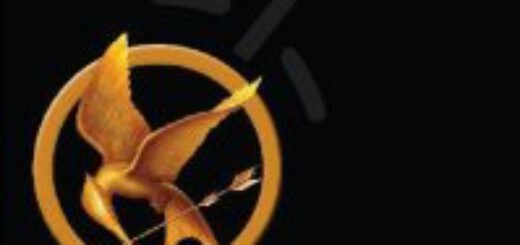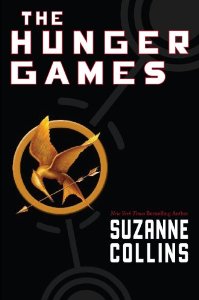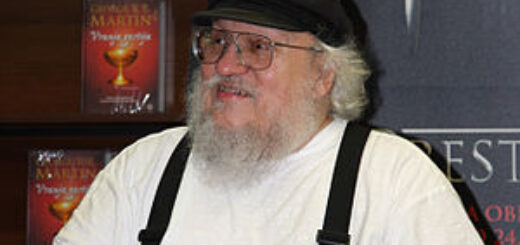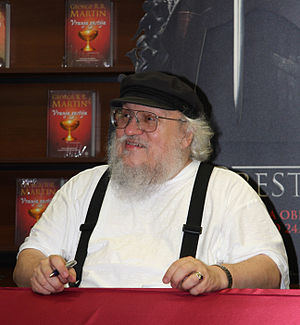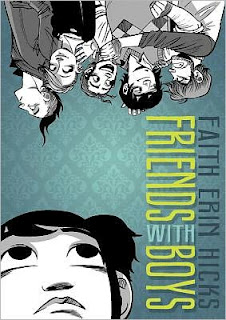Hellboy’s Buddies: Three volumes of Abe Sapien and one of a B.P.R.D. Vampire
This will be a bad review — not a negative one, since I enjoyed these books, and like the endlessly proliferating world of Mike Mignola’s Hellboy universe. No, this will be a poorly informed review, quick and slapdash and lazy, written more than two months after reading the books. But I’ve done a lot of them over the years — hey, I’m not getting paid here, so you get what you get — so I think I have a facility for doing quick superficial reviews that only mildly suck.
(And, if you really care what I think about the Hellboy universe, you can check out older posts on Hellboy in Hell , The Storm and the Fury , Being Human , Witchfinder , The Wild Hunt , The Midnight Circus , The Devil Does Not Jest , The Crooked Man , Lobster Johnson 3 and 4 , Hell on Earth 1-3 , Hell on Earth 4-10 , The Burning Hand , 1947 , 1948 , War on Frogs , and even further back from those if you follow some internal links.)
Abe Sapien: Dark and Terrible and the New Race of Man
Abe Sapien: The Shape of Things to Come
Abe Sapien: Sacred Places
(written by Mignola and Scott Allie, with one bit co-written by Mignola with John Arcudi; art by one or both of Sebastian Fiumara and Max Fiumara; colors by Dave Stewart)
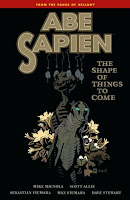 These three volumes reprint the first year and a half (roughly) of the ongoing Abe Sapien comic, spinning off from B.P.R.D. when Abe himself cut loose from that joint, in the wake of another transformation and driven by a niggling worry that he might be an Apocalypse Beast himself. (For a different apocalypse than Hellboy himself, but this universe is well-stocked with potential and actual apocalypses to choose from.)
These three volumes reprint the first year and a half (roughly) of the ongoing Abe Sapien comic, spinning off from B.P.R.D. when Abe himself cut loose from that joint, in the wake of another transformation and driven by a niggling worry that he might be an Apocalypse Beast himself. (For a different apocalypse than Hellboy himself, but this universe is well-stocked with potential and actual apocalypses to choose from.)
And they remind me of nothing so much as ’70s Hulk comics: the mysterious stranger with dangerous powers wanders across the Southwest, encountering both good people and monsters. Admittedly, the landscape Abe encounters is vastly changed: the Frog War might have been “won,” more or less, but there are massive alien monsters scattered around the world, entire cities have been destroyed, and normal life is basically over.
(Parenthetically, I’ll repeat again what I said in my review of the last clutch of B.P.R.D. stories: Mignola and his collaborators here are writing stories set after industrial civilization has collapsed, but they don’t quite seem to realize that. There’s no way any contemporary supply chains are still operating, and I’d estimate several billion people have already died — or been transformed into monsters — by this point. Just getting enough food to eat should be the primary worry of everyone in this world; not getting eaten by a monster is now a luxury.)
Meanwhile — because it wouldn’t be the Hellboy universe without subplots — a mostly dead B.P.R.D. agent has been brought back by a necromancer with a fiendish plot that we don’t entirely understand yet. And the B.P.R.D. is chasing Abe in a way that alternates between friendly and not-so-much.
And along the way a bunch of people die, and so do a bunch of monsters. This is a nastier world than the pre-apocalypse status quo, even if there does seem to be a somewhat functional government and occasional new consumer goods when there really shouldn’t be. Abe is mostly moping through all of this, worried that he is an Apocalypse Beast but pretty sure he isn’t, but still wanting to figure out how he fits into this world and what he should be doing.
It’s an interesting storyline, running somewhere through the territory between horror and superheroes: Abe is strong and knowledgeable, but he and his friends have already failed to stop the end of the world. Even if I do think these series must eventually show the extinction of the last humans on earth, there’s plenty of time and narrative space until that point.
B.P.R.D.: Vampire
(written by Mignola, Gabriel Ba, and Fabio Moon; art by Ba and Moon; colors by Stewart)
And this standalone story is a loose sequel to the 1946-1948 stories, focusing on one B.P.R.D. agent who was transformed into something more than human — and no prizes for guessing what.
I don’t think all of the middle has been filled in — this book covers a short time in the late ’40s, and that agent I don’t believe has showed up in any B.P.R.D. stories set any later in time than that — so I suspect this is Mignola throwing a ball up into the air and expecting to catch it much later, in some future B.P.R.D. story. (Or maybe there will be a direct sequel, which will end his story; it could go either way.)
So: moody, expressive art from Ba and Moon. Somewhat less dialogue than usual for a B.P.R.D. story, but still plenty of exposition. A conflicted hero and a mass of nasties. (I seem to be channeling Joe Bob Briggs here. I think there are a few breasts, actually. And plenty of blood.) This is a stylish, smart piece of a much larger story that pretty much stands on its own — if you want to sample Mignola without diving headfirst into the tangled mythology, this would be a very good choice.
![]()
Reposted from The Antick Musings of G.B.H. Hornswoggler, Gent.


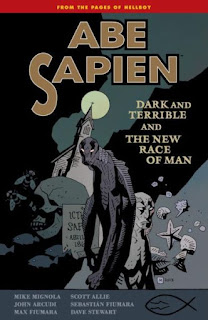
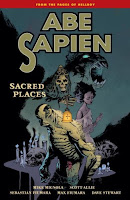


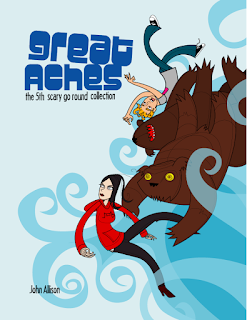
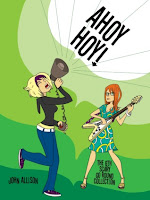
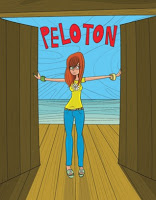
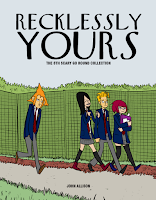
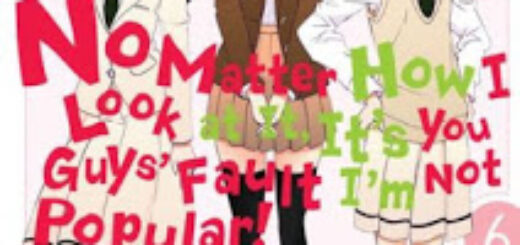

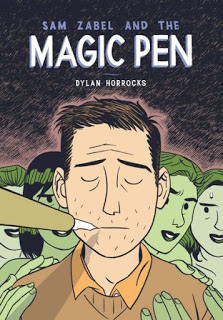
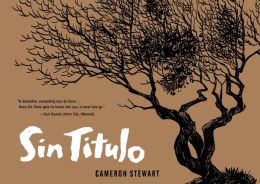
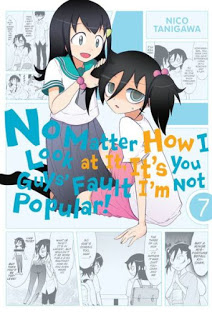
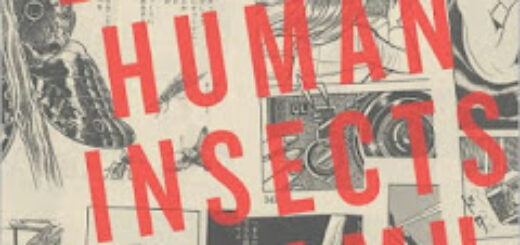
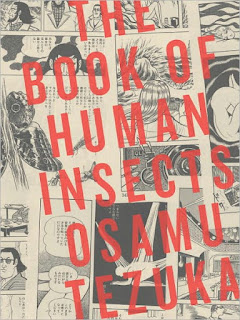 Some writers love their characters, and can hardly bear to have anything bad happen to them.
Some writers love their characters, and can hardly bear to have anything bad happen to them. 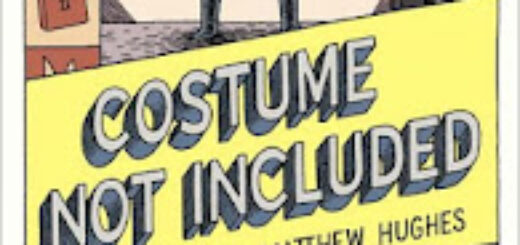
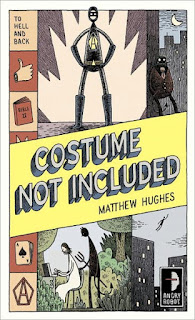 It’s not easy being a superhero in the best of circumstances, so pity the poor man whose powers derive from a demon — and whose mother is dating one of the nation’s leading evangelical preachers. And when that young unfortunate’s name is Chesney Arnstruther, well…that’s someone whom you would not want to switch places with.
It’s not easy being a superhero in the best of circumstances, so pity the poor man whose powers derive from a demon — and whose mother is dating one of the nation’s leading evangelical preachers. And when that young unfortunate’s name is Chesney Arnstruther, well…that’s someone whom you would not want to switch places with.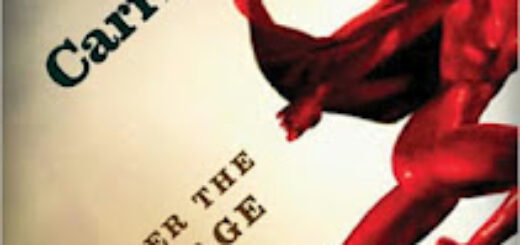
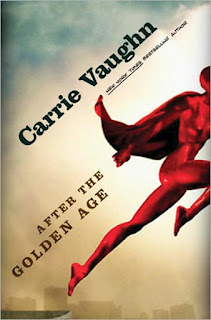
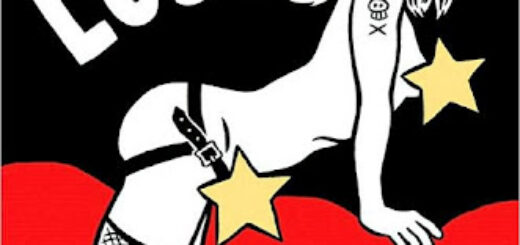
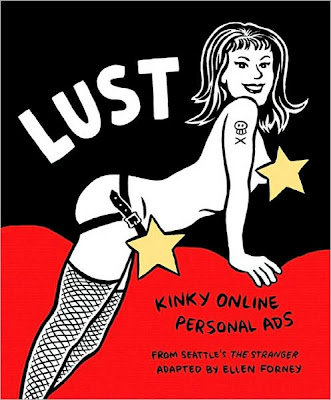 Like many papers, Seattle’s weekly — I think I’m supposed to say “alternative weekly,” though there’s no established industry of stodgy weeklies for those alt-weeklies to be the alternative to —
Like many papers, Seattle’s weekly — I think I’m supposed to say “alternative weekly,” though there’s no established industry of stodgy weeklies for those alt-weeklies to be the alternative to — 